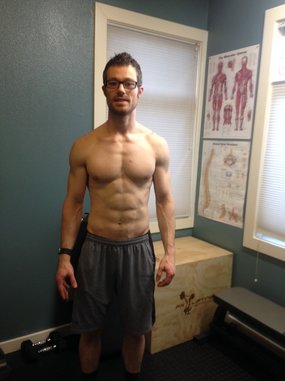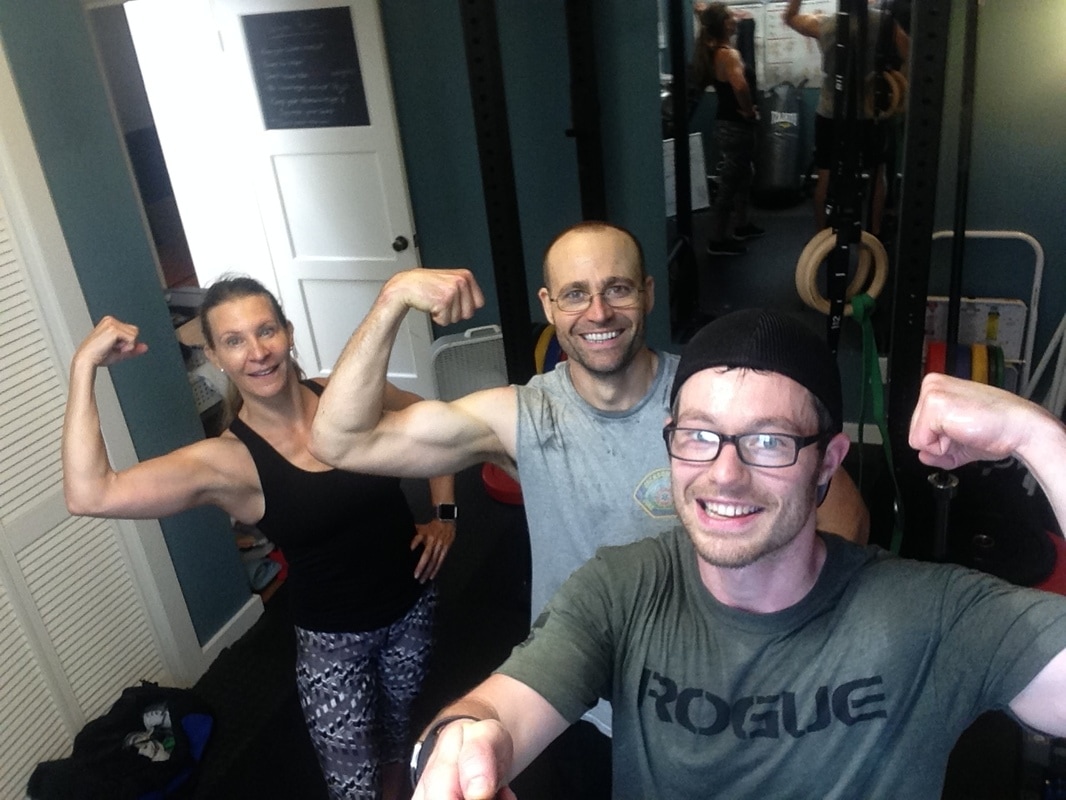 Understanding what your "core" muscles really are and how to use them is extremely important for your physical wellness. Understanding what your "core" muscles really are and how to use them is extremely important for your physical wellness. I have had the opportunity to work in physical therapy in the outpatient setting for over 8 years now and have learned a lot. Some of these lessons came rather quick, such as learning how to capture people’s interest to and convince them that physical therapy can be helpful and healing. Other lessons though, took much more repetitions and pattern recognition over the years to recognize. Now, looking back I can also connect many more dots and see much more clarity with people that I have worked with in the past whose cases I didn’t completely understand. Knowledge combined with repetitive experience leads to improvement. Working in outpatient physical therapy allows me the opportunity to work with all types of different people with many different injuries and stages of recovery from varying backgrounds. One of the amazing things about this work opportunity is that I get to observe common patterns, limitations, injuries, ailments, struggles, etc across many people, over a broad time frame. This has highlighted multiple patterns that are worth being aware of so that you can intervene BEFORE there are symptoms, problems or injuries. The most common injuries are… Although there are traumas and accidents that happen in life that can cause physical injury, this is a very small percentage of the people that end up in physical therapy. These situations are sometimes unavoidable, but I see this patient as the exception, Not the rule. The rule tends to be… Compensations, imbalances and underuse/overuse are mostly the cause or underlying problem when symptoms or injuries arise. I can say with confidence that if we all were to address a few of these common issues that arise from being a human in a modern day environment, than we would see a lot less of these preventable problems and have much more pain free lives. So, what are these common problems that we could address to hedge our bets against future injuries? Posture, core weakness, hip musculature imbalance and poor movement patterns, that’s it. These Four categories cover the vast majority of problems that we see in physical therapy. Almost all injuries that we treat can be funneled into one of these four categories. From your shoulder pain to your neighbors disc bulge, these are oftentimes manifestations of untreated issues that over time can lead to these painful and limiting injuries. If we are first aware of, and then begin to address ways to manage these issues, we can make a big difference in avoiding injuries. So, how do we address these four common issues? Posture: Practice good positions (ie. good posture) throughout the day by checking in with it often. Reset your posture by “breaking the stick” every time you check your phone or take a sip of coffee. And have your environment or workplace set up for ergonomic efficiency. Core Weakness: Make sure you are practicing “core setting” and working on your deep core muscles, NOT your six pack muscles, these are not the same thing. Think Kegals and spinal stabilization. Hip Musculature Imbalance: This can be a problem of muscle weakness, tightness or overall joint imbalance. Most often it is a combination of these things. To help limit or avoid this, practice moving your hips through their available range of motion daily. And take breaks from extended sitting or any stationary position. Poor Movement Patterns: This is simply being able to using your body properly and be able to navigate your environment with good mechanics over time. This can be the silent problem that you don’t realize is a problem, until you have symptoms from this going unaddressed for too long. Awareness of how you are doing things like picking up your clothes off of the floor and bending over to take out the trash make a huge difference over the long term. As I have mentioned in a previous blog post, it is of the upmost importance that we all have a regular movement practice. The great part about this, is that it can take care of all of the above mentioned problems, if structured in the correct way. Read more about this here... * Disclaimer: Remember to always consult with your physician or physical therapist in regards to starting or changing your exercise routine and in no means is this information meant to diagnose or treat your injury. For full legal disclaimer, see About Me page.
0 Comments
Leave a Reply. |
Author : Jordan ProudfootHere are my thoughts and insights into fitness and wellness to be the best you possible. Archives
February 2019
Categories
All
|


 RSS Feed
RSS Feed
